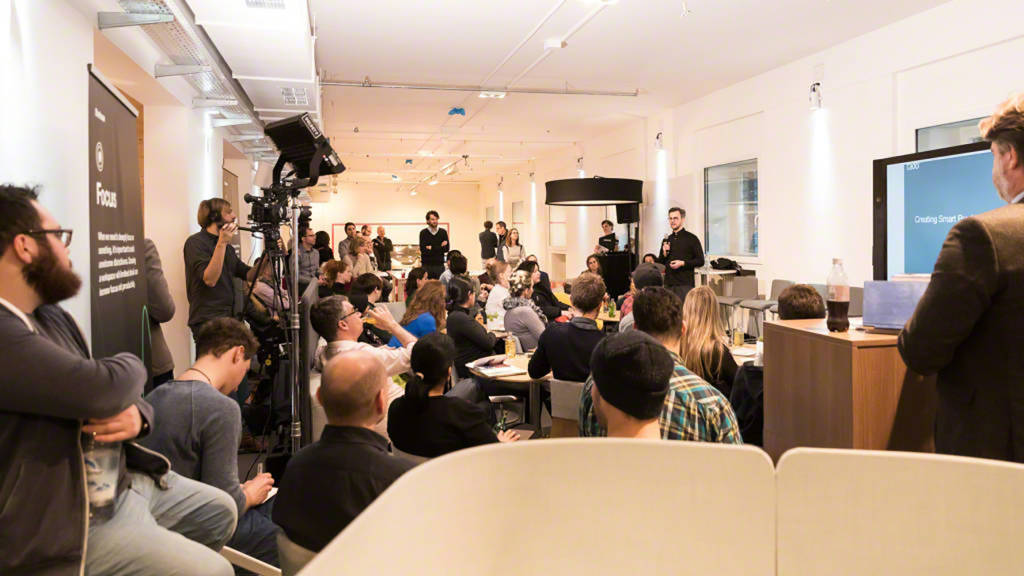Design Connects: The Smart Revolution
People are seeking intuitive, simple-to-use tools to make their experience at work better.
By Roland Pawlitschko
The networking of the world is increasing just as much as the digitization of our everyday lives. For some time now, people have not been the only ones communicating. Things are also communicating with each other over the Internet — meaning vehicles, technical devices and living spaces, for example, are becoming ever more intelligent.
This year’s Munich Creative Business Week (MCBW) with the keynote “Design Connects: The Smart Revolution” reflects this trend. In his lecture on “Smart People,” Steelcase design director, Michael Held, discussed the opportunities and challenges this trend offers people and how people deal with them. In doing so, he introduced a series of experts to shed even more light on the topic.
Jens Pohl, head of design at Tado, a company that offers smart room and heater thermostats which can be controlled with an app, reported on today’s smart living opportunities. Pohl made it clear that while people like to use technology, they do not always want to be staring at it, neither in the form of a complex remote control nor in the form of intrusive looking devices. People prefer customizable and intuitive solutions that run in the background and think for themselves rather than ones that only respond to commands.

Steelcase researchers, Melanie Redman and Jessie Storey, came to similar conclusions. Under the title “Smart people — Dumb office,” they reported on their experiences from numerous research projects focused on the user.
“The ways in which people work, communication and collaboration have changed drastically, yet so many offices today still look the same as they did several decades ago,” said Redman. They spoke about how the Brody WorkLounge from Steelcase is one of many solutions introduced in the past couple of years that addresses the growing need for places office workers can escape to as a refuge to unwind or focus. This screened mini-workplace with heated seats not only enhances the individual private areas but also offers comfortable, ergonomic seating. Sensors, on a concept version of the WorkLounge, register when employees sit down activating a red light strip to indicate to colleagues from a distance that someone is already working here.

A thoroughly-complex yet elegantly designed and easy-to-use technological solution was presented by Carsten Humm, CTO at medialesson, a software developer that offers holographic apps for Microsoft HoloLens, amongst other things. Mixed-reality glasses independently generate 3D scans of the environment where they embed a virtual world. Thanks to integrated technology, the glasses are so simple to use they allow for very intensive networking and shared cooperation.
Intuitive, simple-to-use tools are as much a part of the furniture in smart offices as desks and chairs are. They bring employees closer together and make working more comfortable by giving people the freedom to choose how and where they want to work.
*Note: The Brody WorkLounge shown at MCBW is not yet available in that particular version in EMEA.

Roland Pawlitschko is an architect and freelance author, editor and architecture critic. He curates exhibitions on the topic of architecture and community, organizes architecture excursions and publishes articles and essays in books, architecture journals and newspapers.


